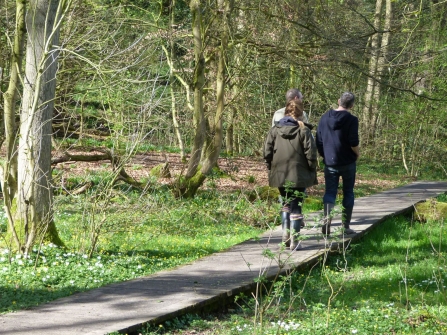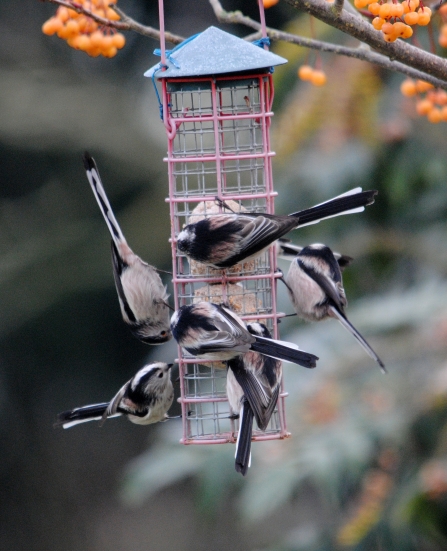Charlotte Harris, Chief Executive Officer at Cheshire Wildlife Trust said, “winter is always a time when people think that there is nothing to see or do in the great outdoors – with hedgehogs hibernating and some of our summer birds flying off to warmer climes. The naturally cold weather can make us what to retreat inside – but actually our wild places and creatures can be just as inspiring at this time of year as any other; so I’d encourage everyone to get outdoors, explore and have fun.”
Wildlife gardening
If you are planning time in the garden, try to resist the temptation to cut back all those dead flower stems - they could be being used as a winter safe house by garden-friendly insects such as lacewings or ladybirds. Instead why not make some time to create a log pile for newts, toads and frogs to hide. This could also be the ideal thing to give your Christmas tree a new purpose in the New Year. Remove its branches and saw the trunk into logs. Then pile your logs and place your branches on top.
Another activity that will keep you warm whilst in the garden is raking up any fallen leaves. If you chop them up and put them in a corner of your garden, you’ll have some useful leaf-mould that your pots and borders will love in 2018. Or if cold weather’s too much, you could always order some wildflower seeds online to create your own mini-meadow next year – the bees and butterflies will thank you for it.
Take a look at our wildlife gardening advice.


